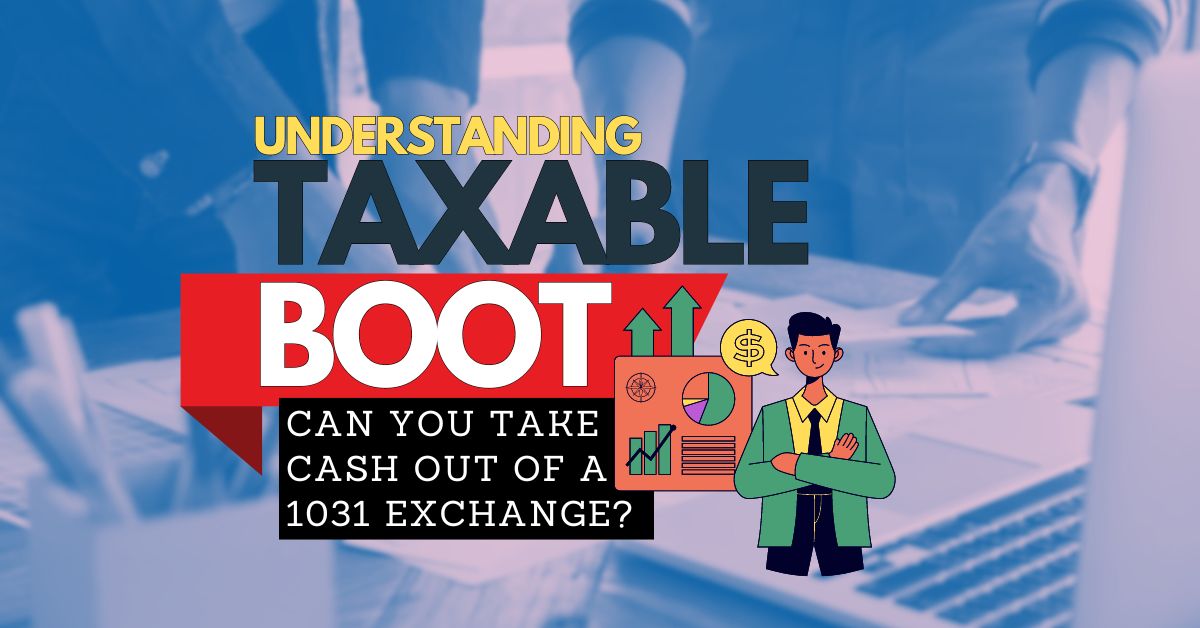1031 Exchange Questions: Comprehensive Guidelines and Rules
Understanding 1031 Exchanges: Your Common 1031 Exchange Questions Answered

Navigating the complexities of 1031 exchanges can be daunting, but understanding the fundamentals is essential for anyone involved in real estate investment. A 1031 exchange, named after Section 1031 of the Internal Revenue Code, allows investors to defer capital gains taxes on the sale of a property by reinvesting the proceeds into a like-kind property. This powerful tax-deferral strategy can significantly enhance your investment portfolio, but it comes with specific rules and requirements that must be meticulously followed.
In this comprehensive guide, we’ve gathered answers to the most common questions about 1031 exchanges. Whether you’re a seasoned investor or new to the concept, our aim is to provide clear, concise information to help you navigate the 1031 exchange process with confidence. From understanding the basic principles to learning about the timeline and identifying like-kind properties, we cover all the essential aspects to ensure you’re well-informed and prepared.
Explore the sections below to find answers to your most pressing 1031 exchange questions and discover how this strategy can benefit your real estate investments. If you have further questions or need personalized assistance, our team of 1031 exchange specialists at Excel 1031 is here to help you every step of the way.
FAQ
1031 Exchange Questions
This is one of the most frequently asked 1031 exchange questions
that investors have, so let’s try to delve into this topic. First, residences and property for sale do not qualify for the 1031 program. To qualify for an exchange, the property must be held for trading or investment. Such properties include vacant land or commercial buildings. This rule must be met for the property to be sold and the property to be acquired as a replacement.
The identification period begins on the date the relinquished property is transferred and lasts for 45 calendar days. During this period, the investor must identify potential replacement properties in writing to the Qualified Intermediary (QI). The exchange must be completed within 180 calendar days from the transfer of the relinquished property, including the identification period.
You have three methods when identifying properties. You can only choose one. Any changes to the identification form must be made before Day 45. After that, no modifications are allowed unless the IRS gives an extension. Look at the rules here to get 1031 exchange benefits:
The 3 Property Rule lets you identify up to three new properties, no matter their value.
The 200% Rule lets you identify any number of properties as long as their total value is not more than 200% of the sold property’s 1031 exchange cost.
The 95% Rule lets you identify any number of properties as long as you buy 95% or more of their total value.
Another important 1031 exchange guideline is taxation. Many people know that any value received during the exchange will be subject to taxation. What is the solution? Follow the 2 main 1031 exchange rules:
You must reinvest all proceeds from the sale into a new property.
Replace the debt on the sold real estate with funds to buy replacement objects. It can be one or more objects of suitable value.
It is also worth remembering the 1031 exchange 5 year rule. This means that if you convert a purchased property into a residential property, you must hold it for 5 years to avoid full taxation.





